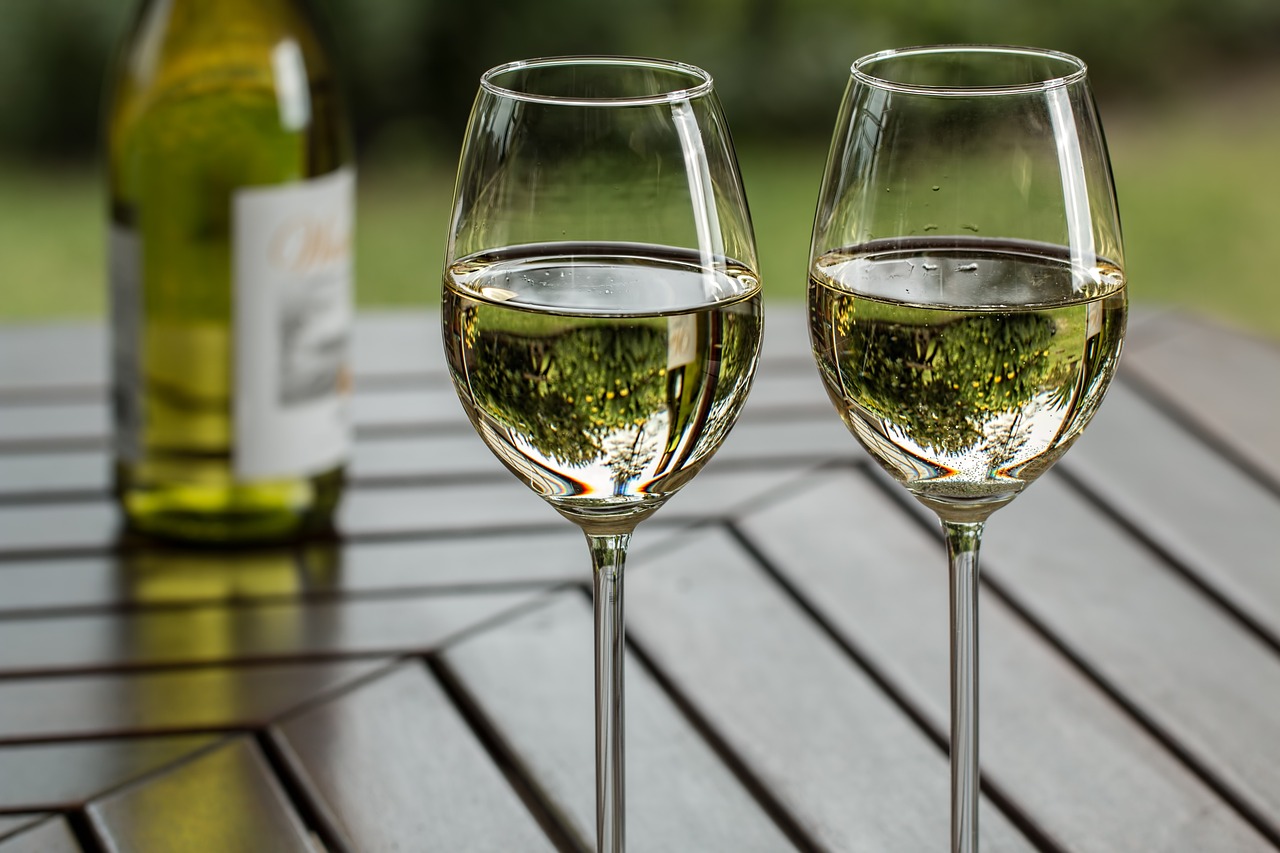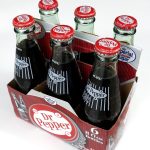In the quest to balance indulgence with health consciousness, understanding the caloric content of our favorite beverages is essential. This is especially true for wine enthusiasts who prefer the subtle elegance of a glass of white wine. Our comprehensive article titled “How Many Calories Are in a Glass of White Wine?” dives deep into the nuances of wine calorie content, exploring factors that influence these numbers, from grape varietals to winemaking processes. With expertise grounded in nutrition science and a passion for viticulture, we offer readers an enlightening journey through the world of white wine. Whether you’re a casual wine drinker or a connoisseur, this article promises valuable insights into how your wine choices fit into a balanced diet. Beyond mere numbers, we delve into the art of enjoying wine responsibly and healthily, inviting you to discover the intersection of pleasure and wellness. Let’s uncork the secrets to savoring your favorite whites without compromising on health goals, sparking a curiosity that will surely encourage further exploration.
Calories in Different Types of White Wine

A typical 175ml glass of white wine contains 131 calories. The calorie content in white wine can vary based on the serving size and alcohol content. For instance, a 5 oz glass of white wine has an average of 120 calories, while a 150ml glass of white wine ranges from approximately 105 to 118 calories depending on the alcohol content, typically around 11% to 13% ABV. It’s important to note that the calorie count can increase significantly if you choose a dessert wine with added sugar after fermentation. Additionally, a standard 750mL bottle of white wine contains around 600 calories on average.
| Wine Variety | Calorie Range per 5 oz Glass |
| Chardonnay | 120-130 |
| Sauvignon Blanc | 120-125 |
| Pinot Grigio | 120-130 |
| Riesling | 110-120 |
As you can see, even within grape varieties, the calorie range can vary slightly based on factors like alcohol by volume (ABV) and residual sugar content. Generally, higher ABV wines or those with more residual sugars will be higher in calories.
Comparing White Wine to Other Alcoholic Beverages
How do the calories in white wine stack up against other popular alcoholic drinks? Here’s a calorie comparison per 5 oz serving:
- White wine: 120-130 calories
- Red wine: 125-135 calories
- Beer: 150-200 calories
- Distilled spirits: 100-150 calories
- Cocktails: 150-300+ calories
White wine is generally lower in calories than beer, spirits, and mixed drinks. But it contains more calories than non-alcoholic beverages like water, coffee, tea, and soft drinks. For a calorie-conscious diet, wine must be consumed carefully. But its lower calorie content compared to many alcoholic alternatives allows it to fit into a balanced lifestyle in moderation.
The Role of Serving Size in Calorie Consumption
Understanding what constitutes a proper serving size is key for monitoring wine’s calorie intake. Many countries have different definitions for a standard drink size:
- United States: 5 oz glass
- Australia: 100 ml or 3.4 oz glass
- United Kingdom: 125 ml or 4.2 oz glass
- Italy: 125 ml or 4.2 oz glass
The alcohol content also helps define a standard serving. For example, 5 oz of wine with 12% ABV contains 0.6 oz of pure alcohol.
To accurately account for calories, use a measuring cup instead of filling a balloon glass freehand. An extra 1-2 oz can significantly increase your caloric intake.
Moderate Wine Consumption Guidelines
Most health agencies define moderate alcohol consumption as:
- Up to 1 drink per day for women
- Up to 2 drinks per day for men
One drink is defined as the standard serving size and alcohol content mentioned earlier.
This moderate intake has been associated with potential benefits like decreased risk of cardiovascular disease. However, excessive intake increases health risks, so moderation is key.
How Winemaking Impacts Calories
From the grapes and yeast to fermentation and aging, winemaking techniques affect a wine’s final calorie values:
- Yeast convert natural grape sugars into alcohol during fermentation. The more fermented sugars, the higher the ABV and calories.
- Residual sugar is leftover amounts not converted to alcohol. Wines like Riesling may retain some sweetness and increased calories.
- Chaptalization is adding sugar to unfermented grape juice to increase ABV. This subsequently boosts calories.
- Fortified wines like sherry are made by adding grape spirits to wine, elevating the ABV and calorie density.
So reading wine labels for ABV percentages and sweetness levels can give insight into potential calorie differences.
Dietary Considerations for Specific Health Conditions
For individuals managing health conditions like diabetes or obesity, wine consumption needs special consideration:
- Sweet wines with residual sugar may affect blood sugar levels, so dry varieties are recommended.
- Lower ABV wines contain less calories for those limiting intake.
- Recommended serving sizes and frequency should align with dietary restrictions.
Discussion with a healthcare professional is advised to identify wines that fit your nutritional needs.
Cultural Perspectives on Wine and Calorie Awareness
Views on wine’s calorie content and the importance of tracking it can vary greatly between cultures:
- In the United States, calorie counting is common, so wine drinkers pay close attention to intake.
- In Mediterranean countries like Italy and France, wine is widely consumed with meals, but often less calorie consciousness exists.
- Attitudes are shifting globally with growing rates of obesity and diabetes. But wine remains ingrained in certain cultural practices and diets.
Understanding other cultural perspectives allows us to intelligently incorporate wine into different lifestyles.
Conclusion
While wine contains calories, its nuanced nutritional profile means it can have a place within a healthy diet and lifestyle when consumed responsibly. Pay attention to varied calorie levels in different white wines, recommended serving sizes, and your personal consumption habits. Tools and resources exist to help estimate your caloric intake. With an informed perspective, you can confidently enjoy a glass of crisp white wine as part of your balanced routine.
Susan Muskat is a professional chef with over 25 years of experience in the culinary industry. After working in some of the most prestigious restaurants in the world, she opened her own restaurant, Moose and Sadie’s, which quickly became a local favorite. Susan is also the author of a blog all about recipes, guidelines, cooking tips, and knowledge from professional chefs. She loves nothing more than sharing her passion for food with others.








